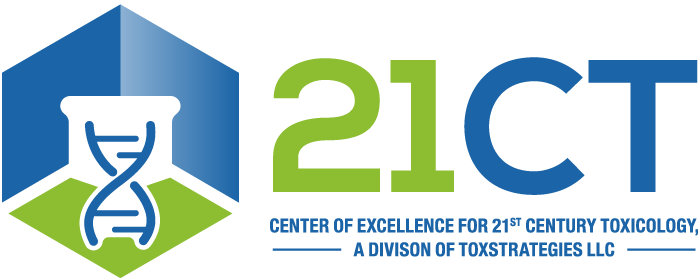Thompson CM, Wolf, JC, McCoy A, Suh M, Proctor DM, Kirman CR, Haws LC, Harris MA. 2017. Comparison of toxicity and recovery in the duodenum of B6C3F1 mice following treatment with intestinal carcinogens captan, folpet, and hexavalent chromium. Toxicol Pathol 45(8):1091–1101; doi: 10.1177/019262331yy4324.
Abstract
High concentrations of hexavalent chromium (Cr(VI)), captan, and folpet induce duodenal tumors in mice. Using standardized tissue collection procedures and diagnostic criteria, we compared the duodenal histopathology in B6C3F1 mice following exposure to these 3 carcinogens to determine whether they share similar histopathological characteristics. B6C3F1 mice (n = 20 per group) were exposed to 180 ppm Cr(VI) in drinking water, 12,000 ppm captan in feed, or 16,000 ppm folpet in feed for 28 days. After 28 days of exposure, villous enterocyte hypertrophy and mild crypt epithelial hyperplasia were observed in all exposed mice. In a subset of mice allowed to recover for 28 days, duodenal samples were generally indistinguishable from those of unexposed mice. Changes in the villi and lack of observable damage to the crypt compartment suggest that toxicity was mediated in the villi, which is consistent with earlier studies on each chemical. These findings indicate that structurally diverse agents can induce similar (and reversible) phenotypic changes in the duodenum. These intestinal carcinogens likely converge on common pathways involving irritation and wounding of the villi leading to crypt regenerative hyperplasia that, under protracted high-dose exposure scenarios, increases the risk of spontaneous mutation and tumorigenesis.
